Forestry Service Tunic
SKU: 75.GOR.02.01.001
Estimated market value:
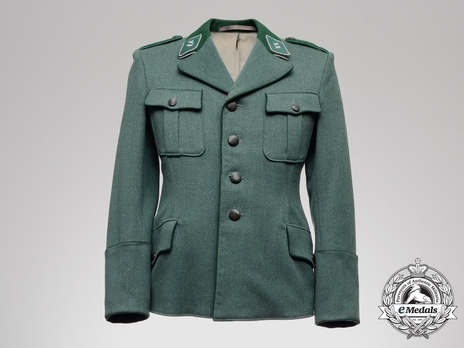
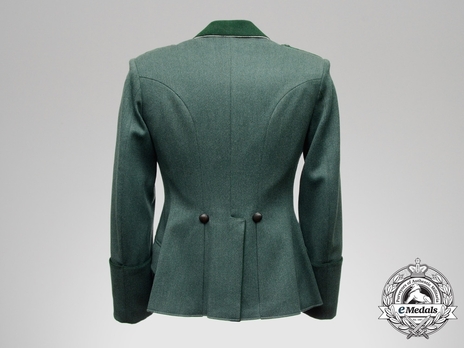
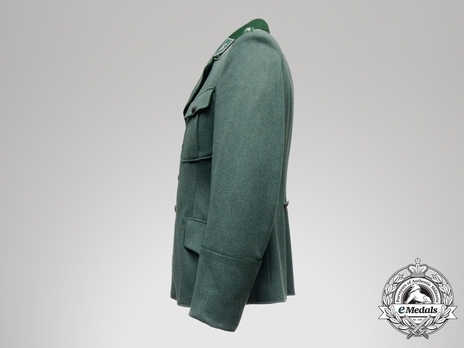
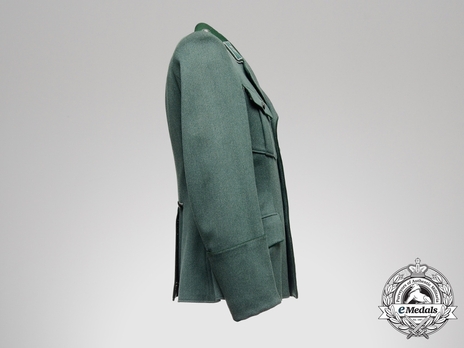
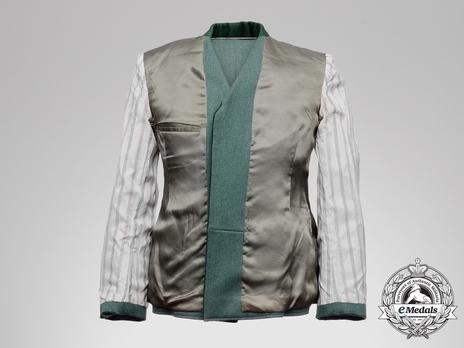
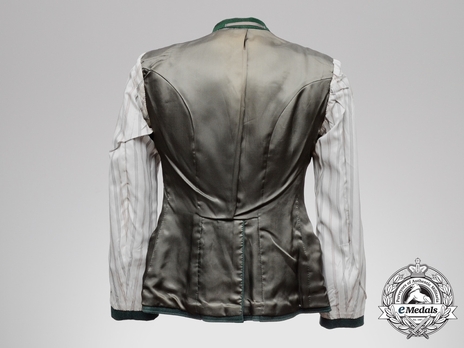
Estimated market value:
Attributes
History
Like every organisation during the Third Reich, forestry was placed under the control of the NSDAP. The Reichsforstamt (National Forestry Office) was created in 1934 to replace the regional forestry departments that had existed prior to this date. The goals of the Reichsforstamt were to extract economic value in the form of timber from the forests for the German industry, as well as preserve nature and natural monuments for the people as a part of German culture.
A sub-department for professional hunters employed by the government was created. Hunting matters had formerly been a part of the Ministry for Food and Agriculture, but were now placed under the influence of the Reichsforstamt.
Private forestry matters were placed under the care of the Reichsnährstand (National Nutritional Estate) in 1941.
The Reichsforstamt was headed by Luftwaffe leader Hermann Göring as Reichsforstmeister (minister of forestry).
The Reichsbund Deutsche Jägerschaft (National Society of German Hunters) was founded in 1934 as a statutory corporation for non-professional hunters. All existing hunting societies were disbanded and memberships transferred to the Deutsche Jägerschaft. Membership was mandatory for everyone with a hunting license.
Hermann Göring led the organisation as Reichsjägermeister (minister of hunting).
The Reichsforstschutz or Forstschutzkommando (Forestry Protection Service), in 1943 renamed to Forstschutzkorps (Forestry Protection Corps), was a paramilitary force instituted in February of 1940 in the General Government (occupied Poland). Made up of German forestry officials and ethnic Germans from Poland, the Forstschutz was tasked with regular forestry duties, as well as patrolling and protecting woodlands to keep them from being used by the Polish resistance. In 1942, Forstschutz personnel was also stationed in the Eastern European occupied territories where their work was heavily focused on anti-partisan operations.
Very little is known about the Forstschutz organisation today, and all items related to it are exceedingly rare.
The uniforms worn by Forestry personnel were the same for all sub-branches, except that members of the Army Forestry Service wore Heer insignia, and members of the Air Force Forestry Service wore Luftwaffe insignia. The uniform regulations were introduced on February 28, 1935.
The tunic introduced in 1935 is single-breasted, made of grey-green cloth, and has an open dark-green collar with cord trimming. The trimming is in green with interwoven gold-coloured thread for operational officials, and gold-coloured for administrative officials. The tunic has a four button front closure, the buttons are dark-green.
It features four pockets, two patch breast pockets with pleats, and two slanted inserted side pockets, all with scalloped, buttoned flaps. There is a back slash with two buttons, and a slit for the frog of the hunting cutlass on the left side.
The tunic is piped in dark-green along the left front edge and on the edge of the back slash, around the lapels, on the edges of the pocket flaps, and around the cuffs.
This version of the tunic is often referred to by collectors as the “A” pattern.
The more formal dress pattern tunic is very similar to the regular pattern, but with a few key differences: the collar has an oak leaf embroidery, and the buttons holding the shoulder boards are gold-coloured. Collectors also refer to this version as the “B” pattern.
In 1938, a few changes were made to the tunic. The oak leaf embroidery on the collar was discontinued and replaced by rank collar tabs. The buttons for the formal dress pattern were now made from pebbled aluminum.

Versions
$200 USD
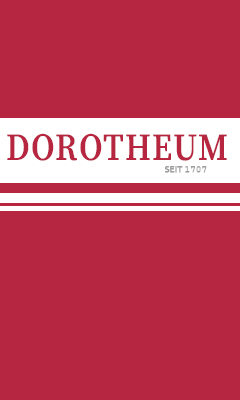
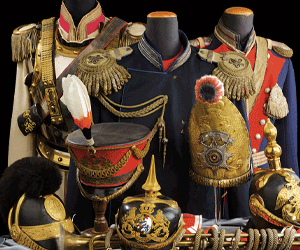
Comments
Sign in to comment and reply.


Scroll Top